The Top 15 Most Commonly Used AWS Services You Should Know About in 2025
Last updated: Nov 20, 2025
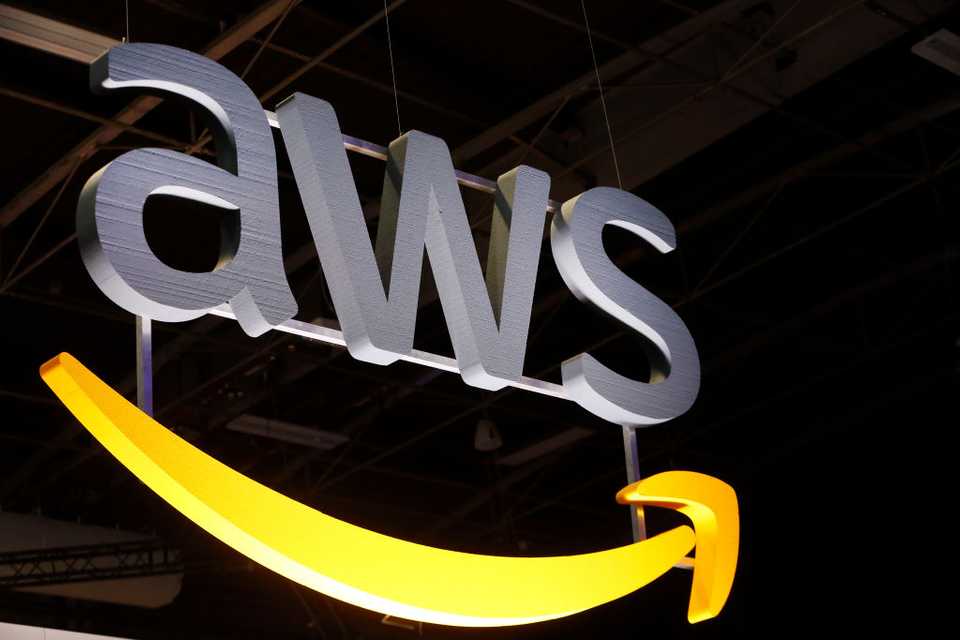
What is AWS?
Amazon Web Services (AWS) is the cloud platform and it’s world’s most comprehensive, broadly adopted, most popular, reliable, secured, scalable and easy to use cloud services available in the planet. It provides an on-demand infrastructure on a pay-as-you-go basis. With a suite of 160+ services, AWS is the top cloud platform. Servers, databases, storage, databases, content delivery, DNS management, Global regions, identity access management, management tools, etc., all are used by top companies in the world.
Out of all the services provided by AWS, given below is the list of top 15 most commonly used AWS services that you should know about.
-
Elastic Compute Cloud (EC2):
EC2 instances are the servers with an operating system and are used to run your applications on the internet just like you run your applications on your laptop during development.
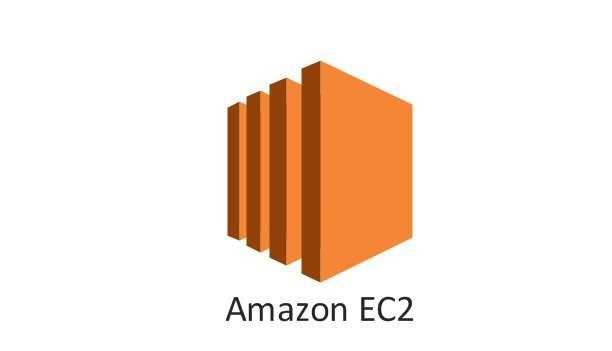
-
Relational Database Service (RDS):
RDS is a distributed relational database service. Amazon RDS is available on several database instance types - optimised for memory, performance or I/O - and provides six familiar database engines to choose from, including: - Amazon Aurora - PostgreSQL - MySQL - MariaDB - Oracle Database - SQL Server

-
Elastic Container Service (ECS):
AWS ECS is a fully managed container orchestration service. ECS has been a foundational pillar for key Amazon services and it can natively integrate with other services such as Amazon Route 53, Secrets Manager, AWS Identity and Access Management (IAM), and Amazon CloudWatch providing you with a familiar experience to deploy and scale your containers.
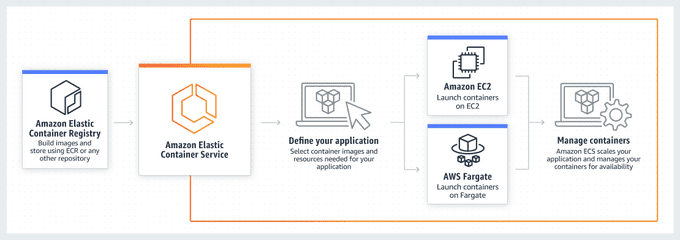
-
ElastiCache:
Amazon ElastiCache works as a high throughput and low latency in-memory data store and cache to support the most demanding applications requiring sub-millisecond response times.

-
Simple Storage Service (S3):
As the name suggests S3 provides low-cost object storage service with high scalability, data availability, security and performance. S3 can be used to store files for use cases like websites, mobile apps, enterprise apps, backup & restore etc.
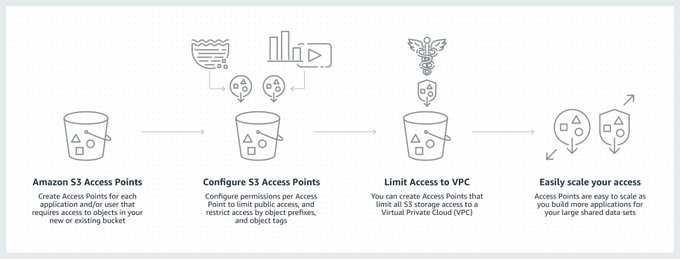
-
AWS Beanstalk
AWS Beanstalk push developers to focus on building application and not on managing infrastructure. Beanstalk automates infrastructure management from setup to configuration, provisioning of services, monitoring, logging, scaling, etc. With such automation, infrastructure issues due to human error are removed completely and it acts as a real time-saver in developer life and an application lifecycle.

-
Simple Queuing Service (SQS):
SQS is a fully managed message queuing service that enables you to decouple and scale microservices independently. Using SQS you can send, store and receive messages between different components at any volume. This helps you to build highly scalable and distributed applications. SQS offers two types of message queues: - Standard Queues - FIFO Queues
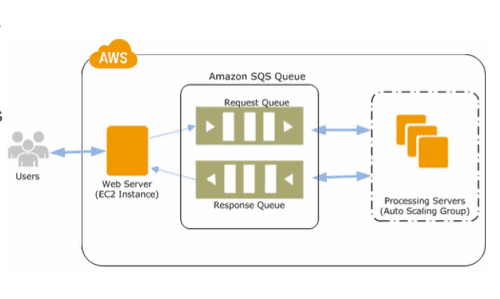
-
Load Balancer:
Load Balancer is a critical component in any distributed system which sits between a client and a server, accepts incoming requests, and routes them across a cluster of servers to handle the load.
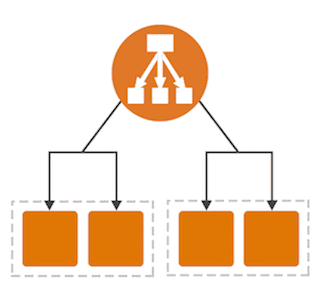
-
Amazon Cloudfront:
CloudFront is a Global Content Delivery Service (CDN) to deliver and present content efficiently, improves website load time by pulling all the static files from data centres throughout the world. Its integration with other AWS services is quite easy.
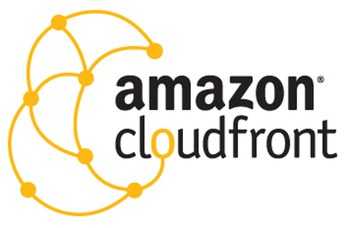
-
Route 53:
Route53 a highly available and scalable DNS service from AWS. If you don't know what a DNS service is, it's the service which routes end users to Internet applications by translating names into numeric IP addresses.
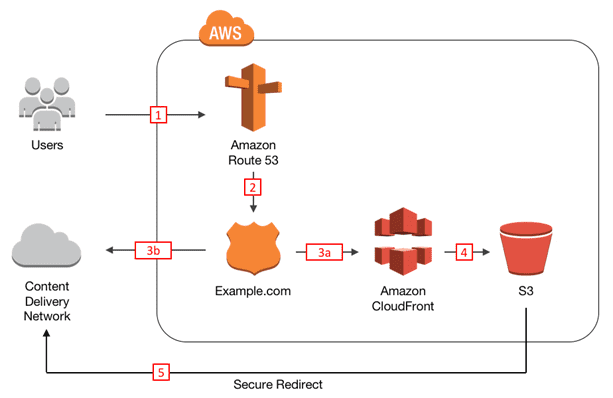
-
AWS Lambda:
AWS Lambda allows you to run your services without provisioning or managing servers. You only pay for the compute time used, whereas in EC2 instances which are up 24/7 you need to pay for that whole time for which these servers are up.

-
Amazon Virtual Private Cloud (VPC):
AWS VPC is one of the core components within AWS which works with multiple other components to secure applications, logically isolated section of AWS Cloud where you can launch resources within a virtual network.
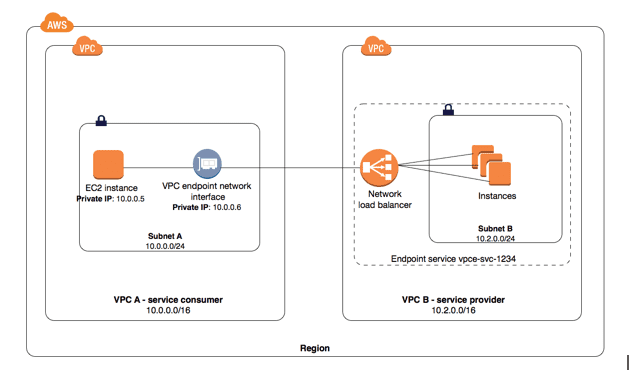
-
Amazon SNS:
Simple Notification Service is used to send notifications to the users on any platform, be it mobile or web. It is an event-driven hub that alerts services subscribed to it and perform respective tasks automatically in response to specified triggers.
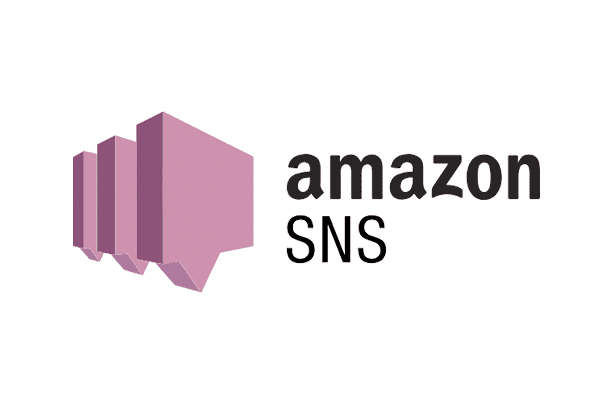
-
AWS Autoscaling:
AWS Autoscaling is designed to handle unexpected traffic in your application. Any such spike is managed by provisioning the perfect amount of EC2 instances. Multiple instances are created and remove whenever required as your app grows.

-
AWS IAM:
AWS Identity and Access Management (IAM) is a security management tool and has a lot to do with user and service access management. This service creates a wall to prevent your AWS resources and sensitive data.

Ending Note
AWS Services are cost-effective, secure, ensure continuous operational and an efficient cloud platform to meet your infrastructure needs.
AWS has a bunch of services that helps in building full-stack applications like, a web/mobile application, an IoT solution, machine learning or artificial intelligence-driven applications, an analytical engine/pipeline, etc.
You can sign up to AWS and start using it on https://aws.amazon.com/console/
